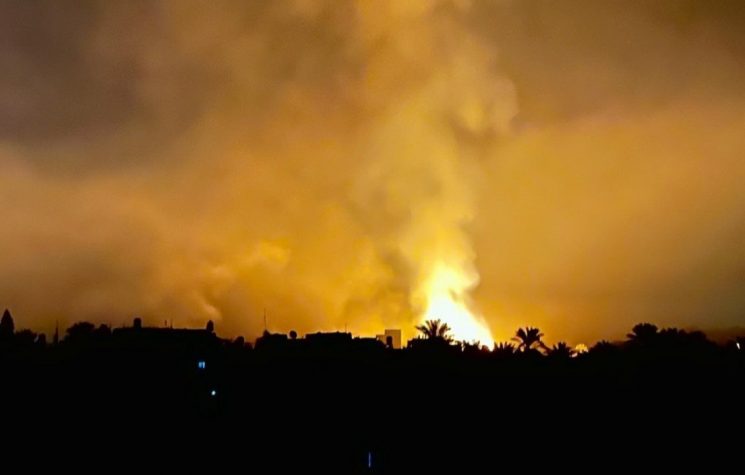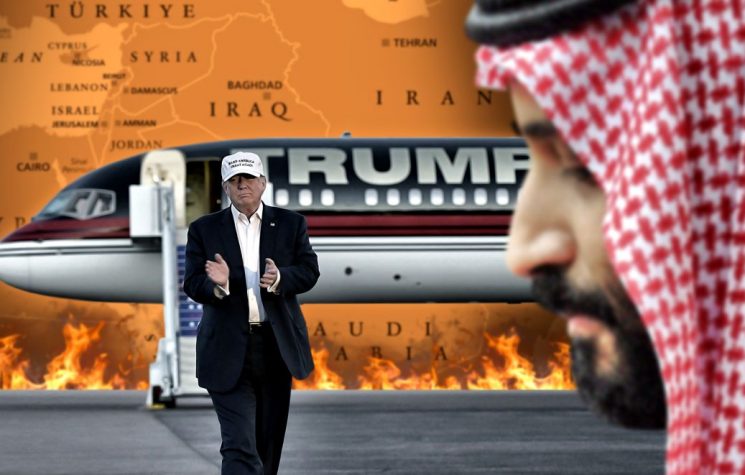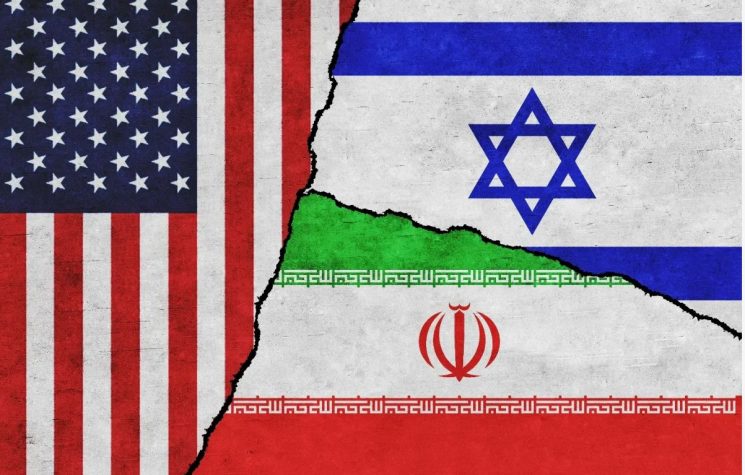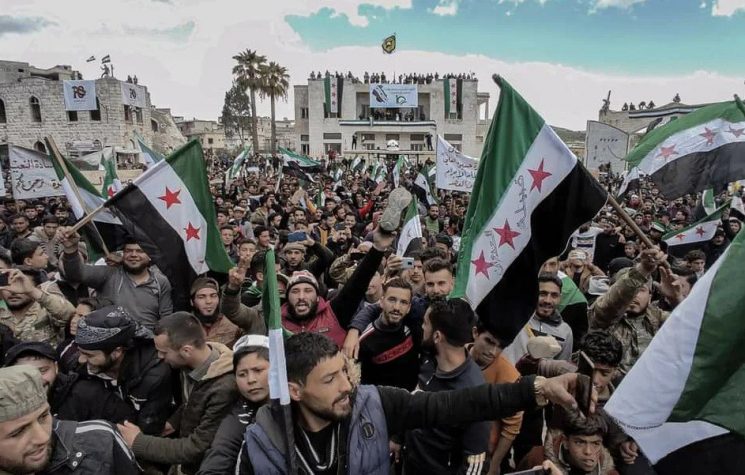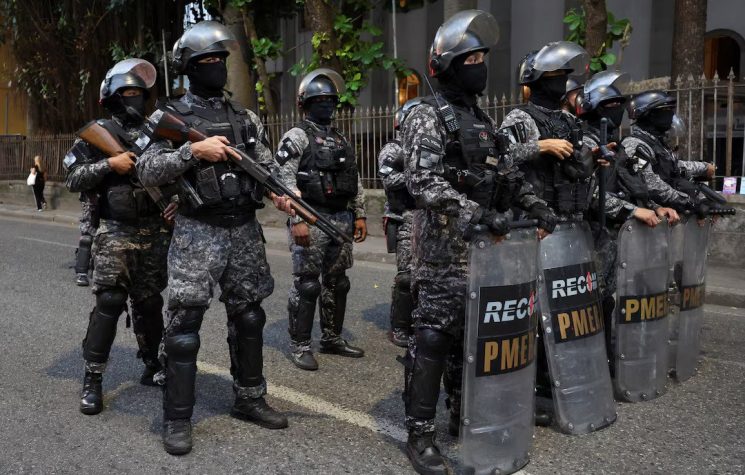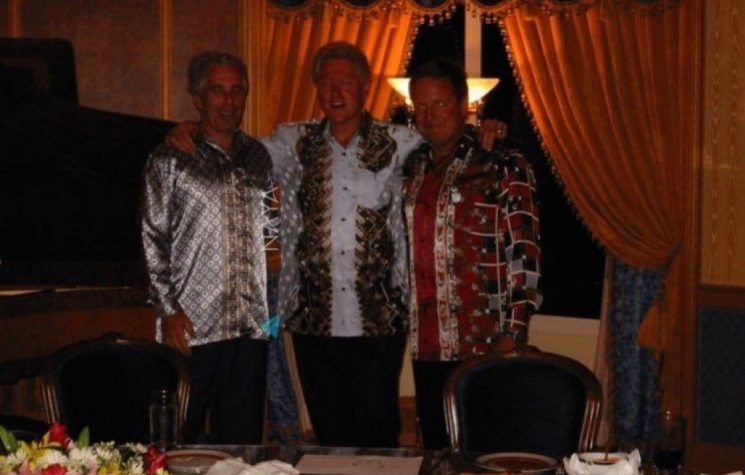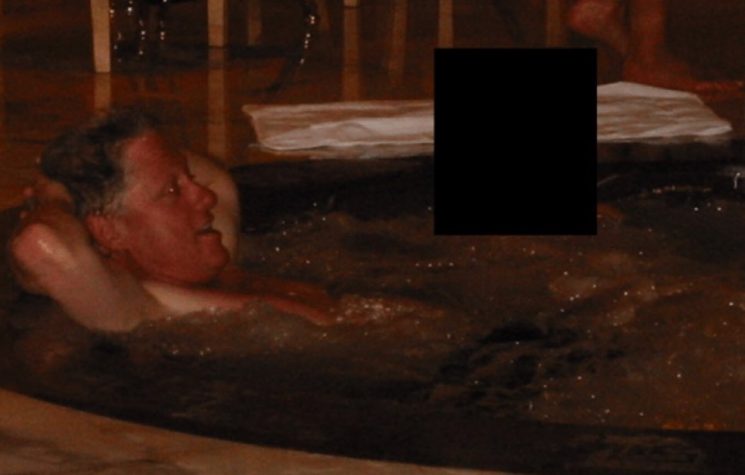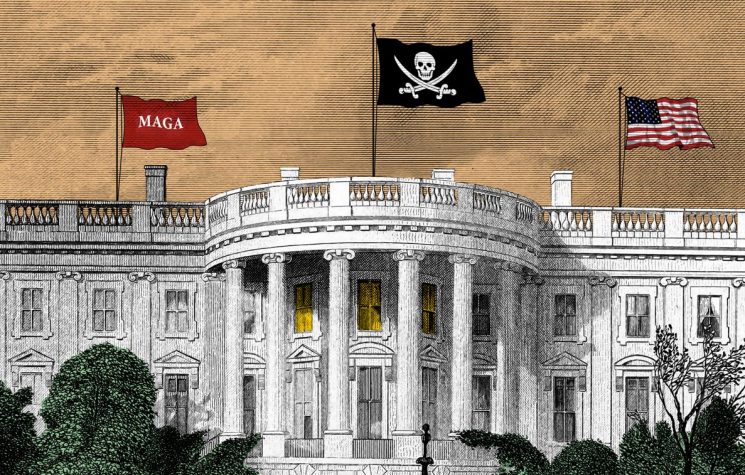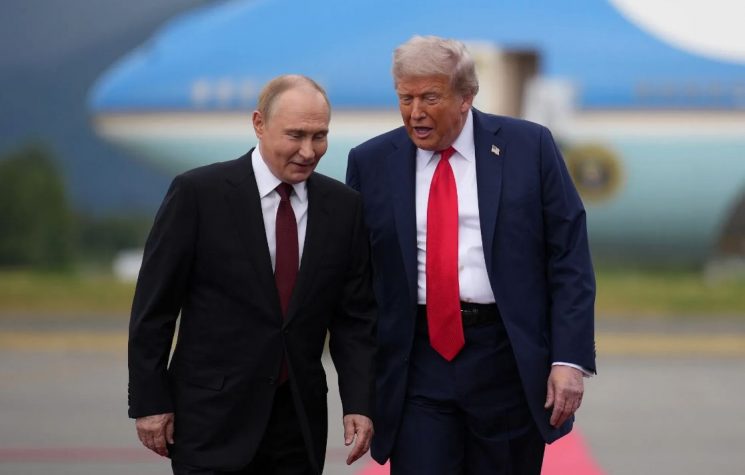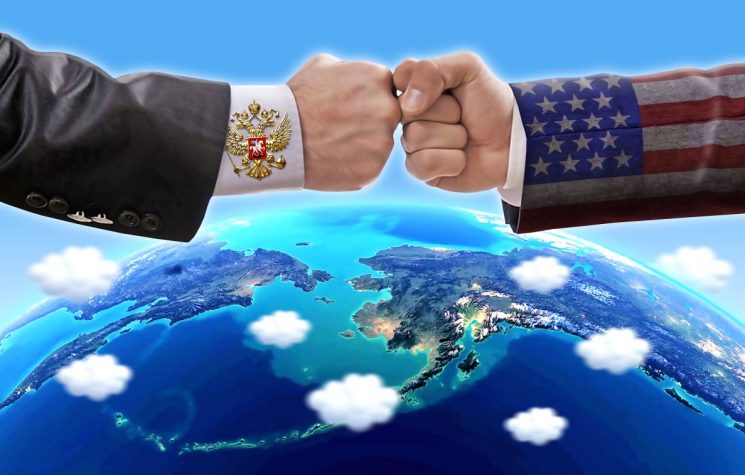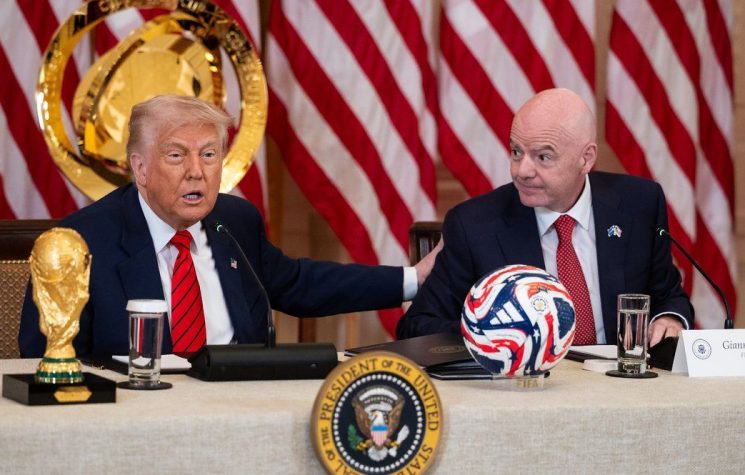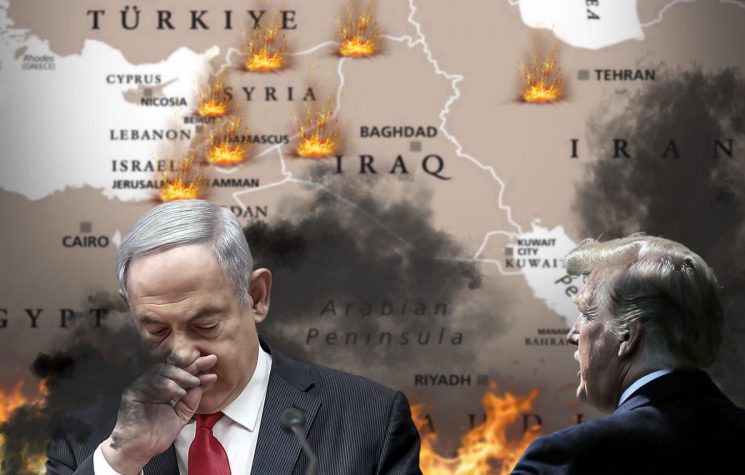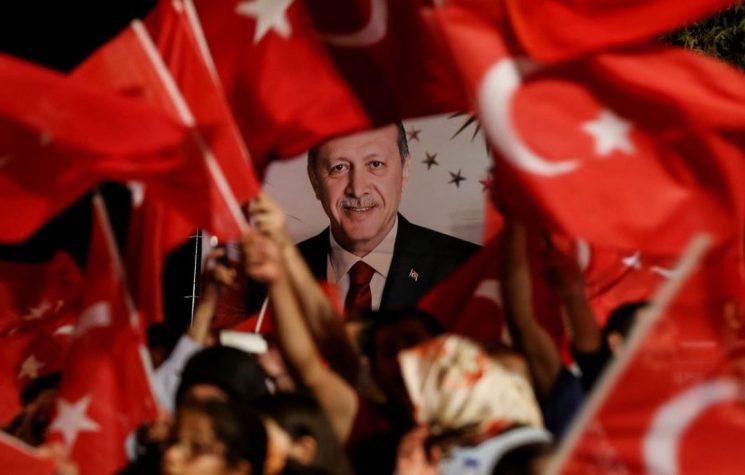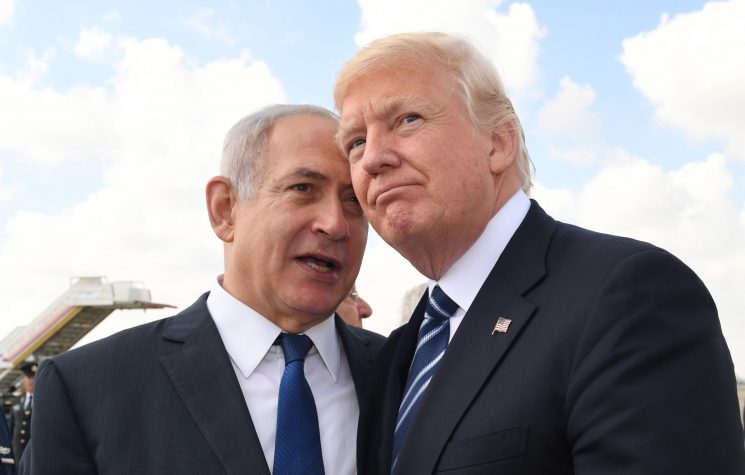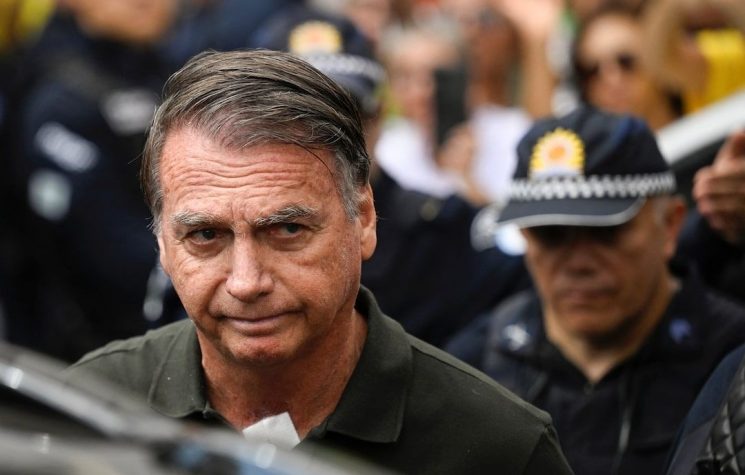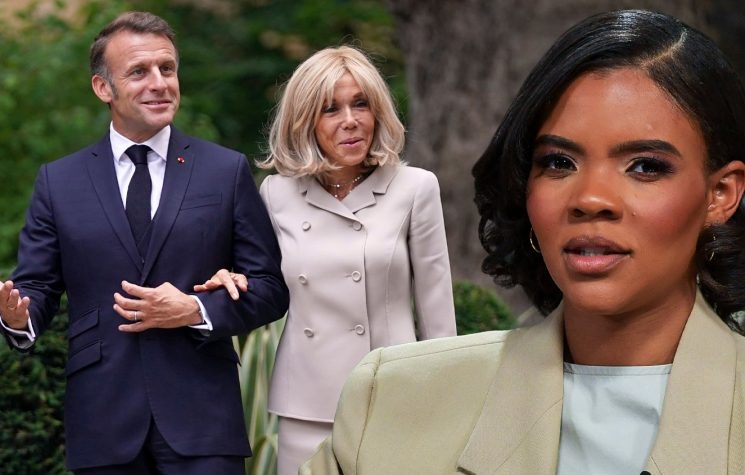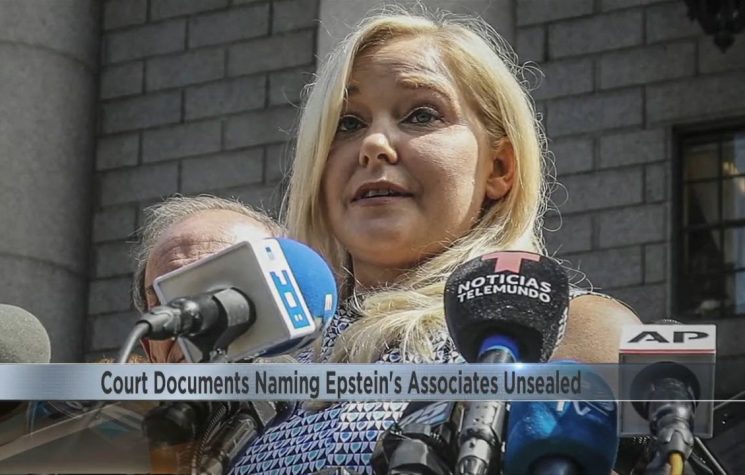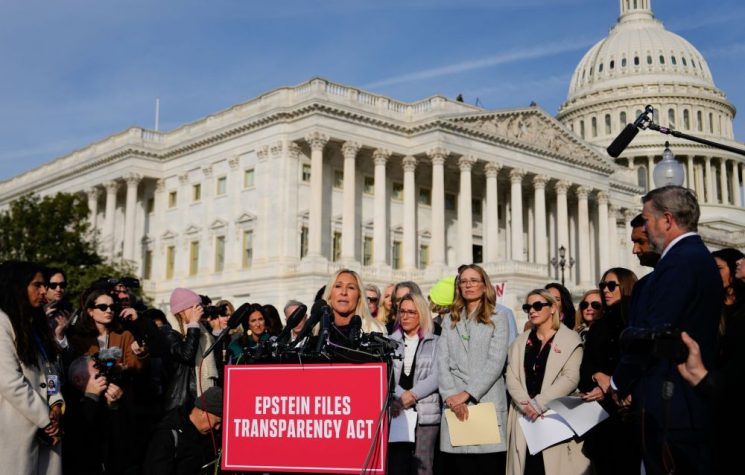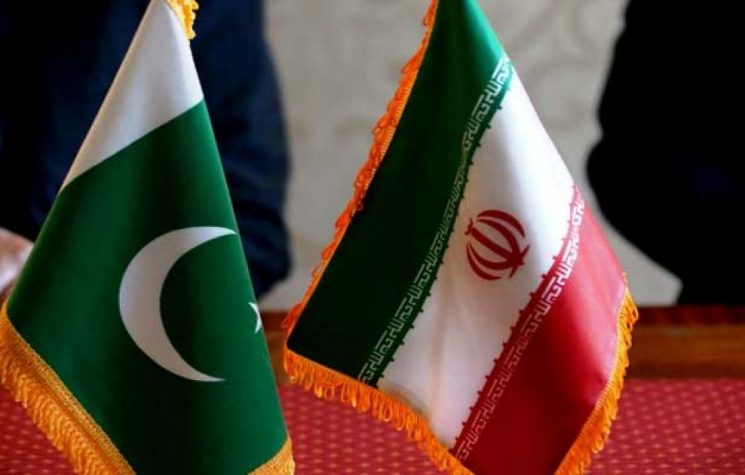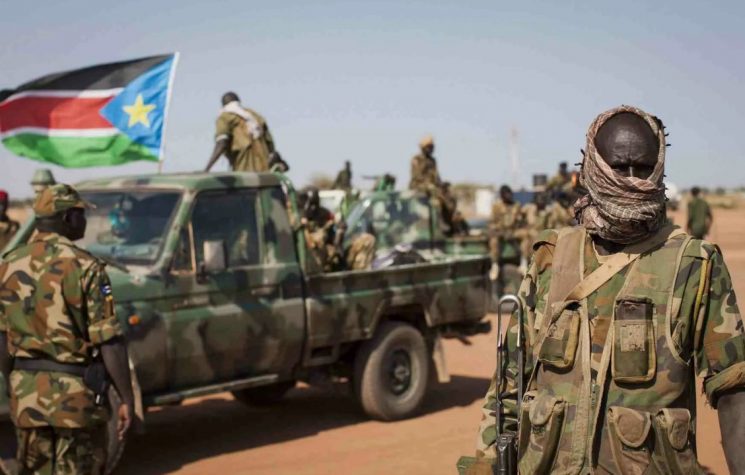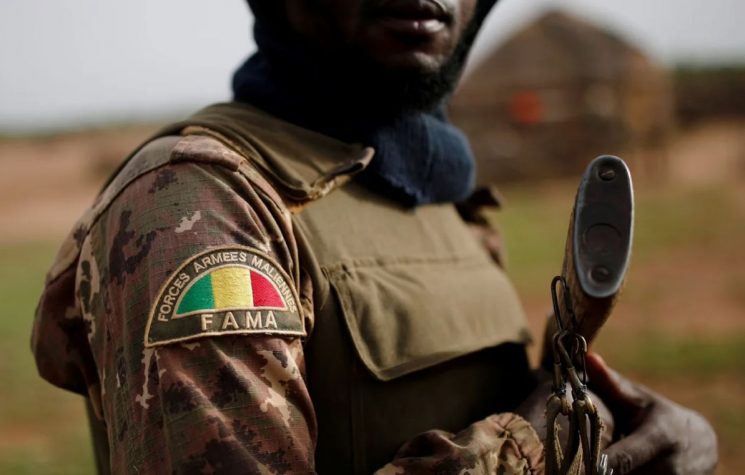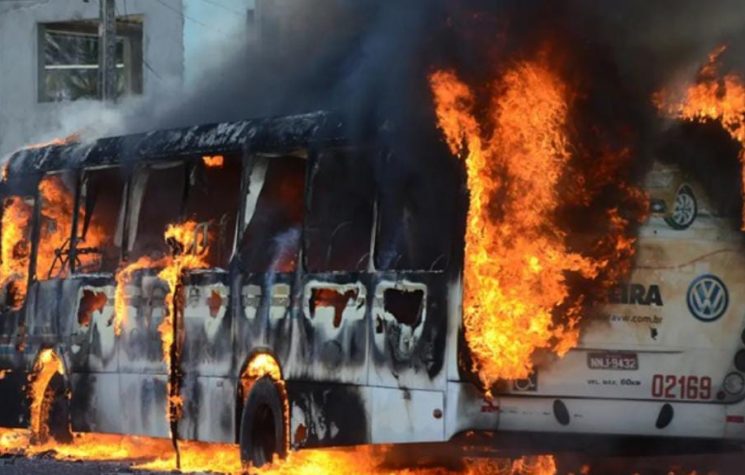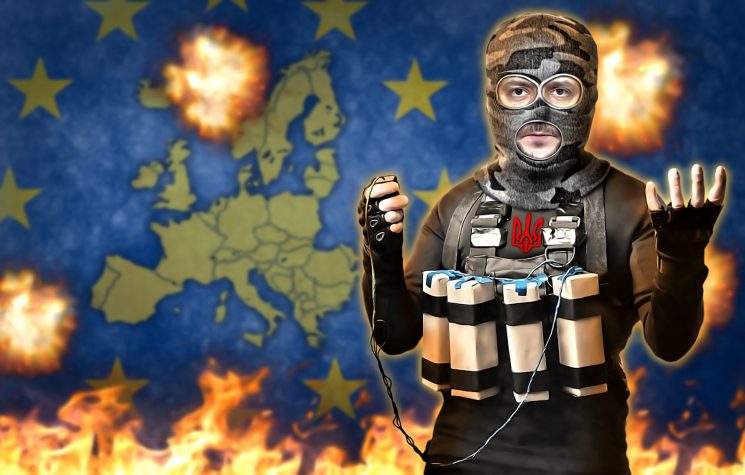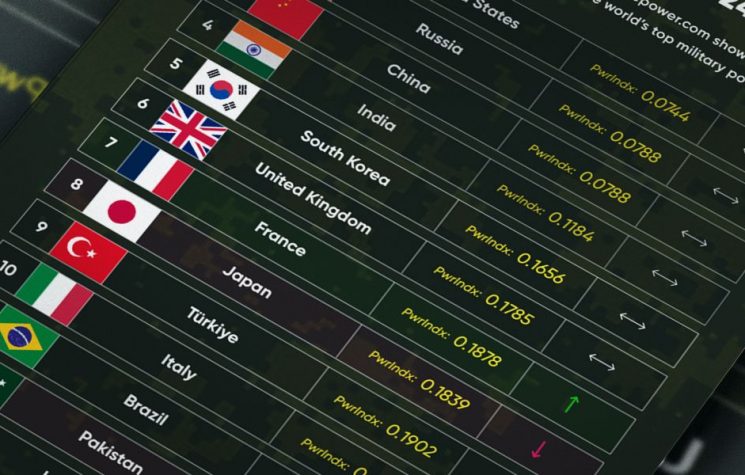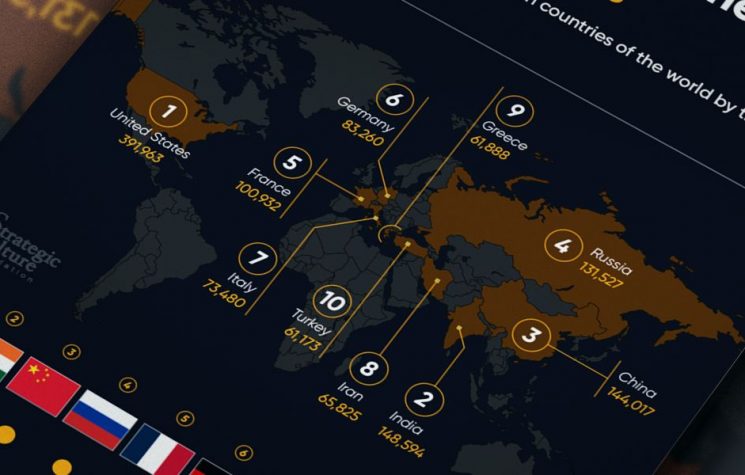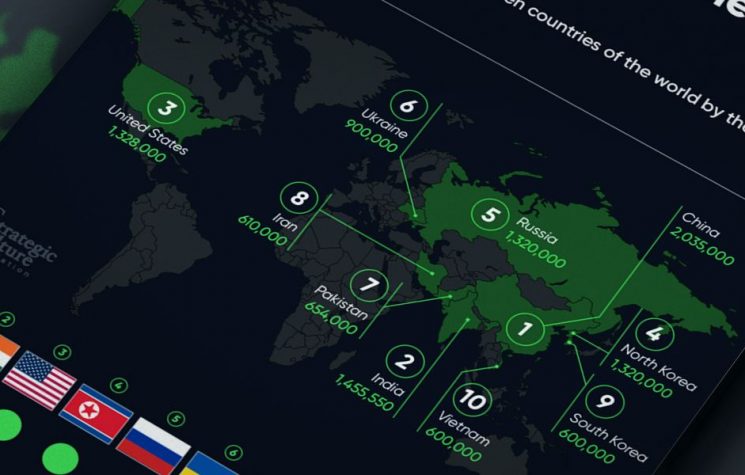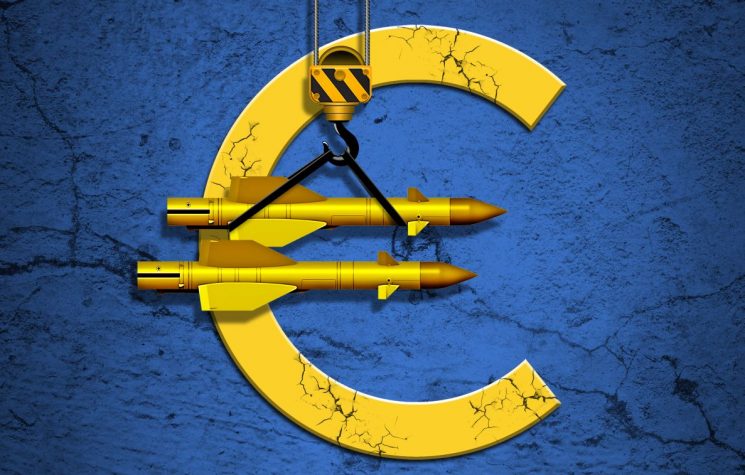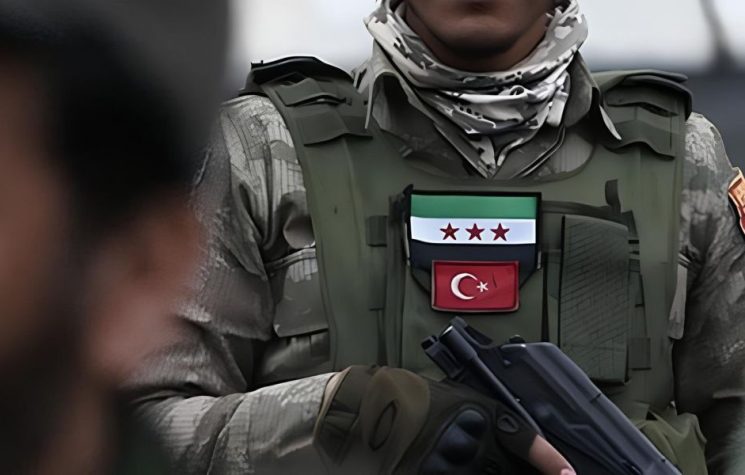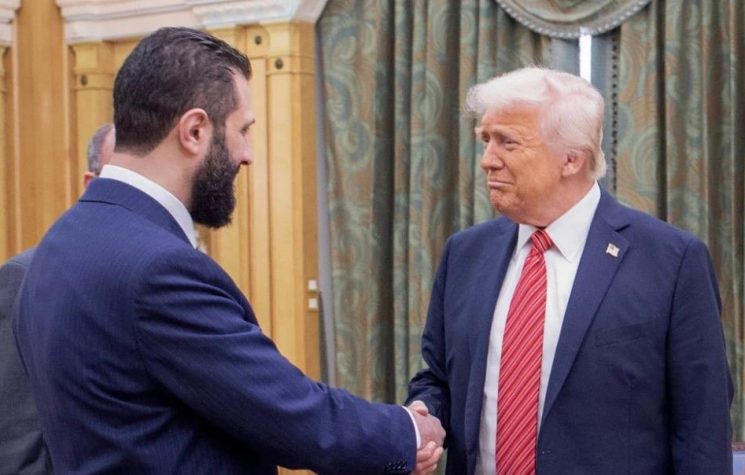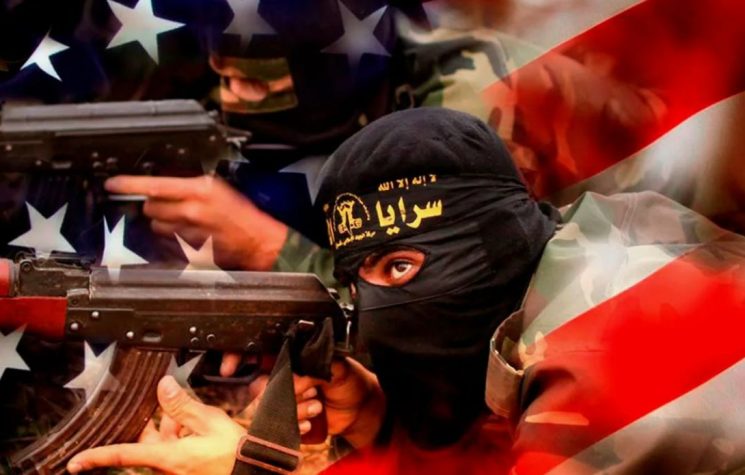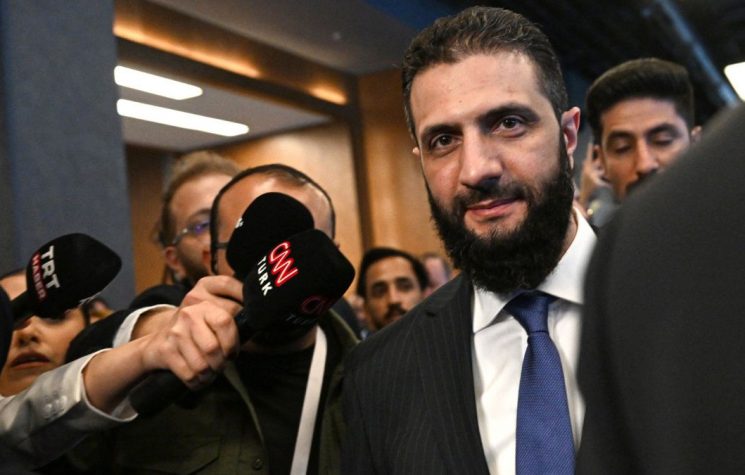The international geometry has changed, and Washington needs to come to terms with this.
Join us on Telegram![]() , Twitter
, Twitter![]() , and VK
, and VK![]() .
.
Contact us: info@strategic-culture.su
We decide who is a terrorist
The United States has revoked the designation of Hay’at Tahrir al-Sham (HTS), also known as the al-Nusra Front, as a foreign terrorist organization. The decision was announced by Secretary of State Marco Rubio in a memorandum dated June 23, published in advance in the Federal Register.
Yes, that’s right: once again, the U.S. is playing world sheriff and deciding who gets the medal of honor and who is to be considered a criminal. It may be a coincidence, but the U.S. never accuses those who serve its economic interests of terrorism, while it is very adept at passing judgment on those who contradict its will. The geopolitics of bullying.
Now, the revocation comes in the context of a broader shift in U.S. policy toward Syria, after President Donald Trump signed an executive order to ease unilateral sanctions against Damascus, in place since 1979 because of its hostility toward Israel. After the fall of President Bashar al-Assad, HTS took control of the country and, at the same time, Israel intensified its air strikes and occupied new areas in Syria beyond the Golan Heights. The new Syrian government has shown openness towards normalizing relations with Israel, and negotiations are underway for a possible agreement by 2026. The change in approach by the U.S. and Syria seems to mark a new course in the geopolitical dynamics of the Middle East.
Iran as an enemy until death
Two possible strategies are currently emerging: one involves direct military intervention by the U.S. and Israel against Iran; the other consists of a massive psychological manipulation campaign aimed at both the Iranian and international populations as a prelude to armed aggression. The methods, reasons, and timing will depend on developments and initial signals that are not yet clear enough to be disclosed. However, armed conflict seems inevitable.
Iran is well prepared, but the strategies employed by its adversaries could generate confusion and fear, with the risk of serious losses. The evolution of events remains uncertain, but one thing is clear: the United States and Israel will have to think carefully before embarking on a large-scale conflict, considering the consequences.
Meanwhile, there are growing signs of a plan to destabilize Lebanon, particularly by targeting Shiite communities, with the support of Israel, the United Arab Emirates, and their allies. This could open up a new front and drag Iran into a wider conflict, or even trigger a Lebanese civil war.
The decision to remove al-Nusra from the list of terrorist organizations appears to be closely linked to the desire to allow the United States’ regional partners to openly support it, using it against Shiite communities. This is not just a diplomatic move, but a planned exploitation of terrorism, disguised as the defense of international law.
In this context, it is essential to strengthen a common front of resistance. Whether through nuclear deterrence or opposition on all fronts, it is urgent to counter and neutralize every instrument of the U.S.-Zionist-Wahhabi-Julani axis, whatever name it goes by. Iran, in any case, must be brought down. It is the enemy par excellence in Western Asia and cannot be spared.
Trump’s America, on the other hand, knows this litany well: when in 2020 the President ordered – and then proudly claimed in a national press conference – the assassination of General Qassem Soleimani, who was visiting Baghdad for international cooperation agreements, he did so by reiterating his promise to ‘liberate’ the region from the Iranian monster. A monster that continues to be portrayed as such by the international press, which quickly regrouped after 12 days of Israeli aggression.
The geometry varies
Yet America is retreating from its position as the world’s watchdog, because military power, however great, is no longer enough, just as political influence is no longer present. Fifteen years ago, a battle like the 12-day one would probably have meant a massacre for Iran, but Iran has changed and is now a global power and a key country for global stability. Today, however, the most the United States is capable of doing is saving its ally from a failed blitzkrieg through a series of targeted attacks.
Nevertheless, certain ways of thinking seem hard to shake off: Donald Trump, following in the footsteps of George W. Bush, has made extreme demands on Tehran, calling for total surrender. At one time, such demands achieved results: Yugoslavia was forced to cede Kosovo, Iraq was occupied, and Libya plunged into chaos. But today, that strategy no longer works: regime change in Iran remains an unachieved goal. Tehran’s ballistic program is still active, and its nuclear program is proceeding unabated.
Washington is facing a situation in which it will soon be forced to demonstrate with facts that it can still impose itself by force on the international stage. Otherwise, the growing wave of defiance against the unipolar order will intensify, pushing it toward a slow but inevitable disintegration.
And now the U.S., which for years has set itself up as a champion against Islamic terrorism, is training terrorists and putting them in charge of an entire country, thereby fulfilling ISIS’s dream of controlling those lands and exploiting their position to keep the region in a state of endless precariousness, fear, and high risk of widespread conflict. Once again, the geopolitics of bullies, threatening to hurt everyone. But, dear bully named America, your punches are no longer so scary: there is a whole world that has learned to take the blows and respond with force.
The international geometry has changed, and Washington needs to come to terms with this.










